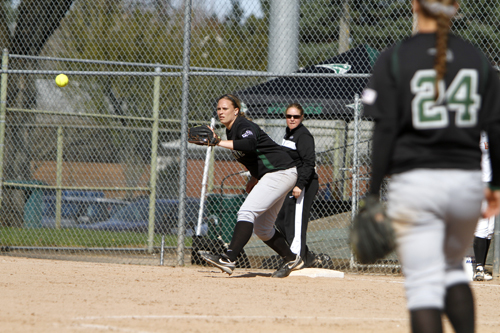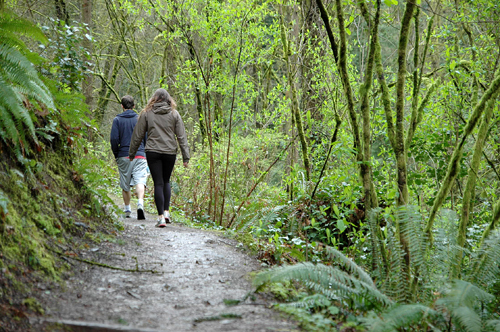Mariela in the Desert is like Mount St. Helens. It seems like nothing is happening or ever going to happen, but then it erupts with a savage and magnificent ferocity.
Art is a struggle
Mariela in the Desert is like Mount St. Helens. It seems like nothing is happening or ever going to happen, but then it erupts with a savage and magnificent ferocity. This tale of a fractured family of artists takes its time to introduce the characters and plot. We do not see things, or people, for what they really are until the last third of the play. It is kind of like a mystery without too much tension, except that tension exists between the members of this dysfunctional family. The film The Royal Tenenbaums comes to mind.
Indeed, Mariela starts out in a similar fashion–the impending death of the father, Jose, but it has an additional twist. The play opens with a scene in which Mariela, the mother, tells her daughter Blanca that Jose has died and she will not bury him until her daughter arrives. She knows this is the only way she will get her daughter to come home. Blanca has not been back since she ran away after the death of her autistic brother years ago, as the tragic accident traumatized the whole family. The impending death of the father and his famous painting called “The Blue Barn” both open up all the old wounds again.
“The Blue Barn” is a truly great painting that has origins shrouded in secrecy. It is the most famous painting of the most famous series in Jose’s career, the Desert Series. Not until the end of the play do we learn its true authorship, but it sits shrouded at the corner of the stage for the entire play. There are also occasional scenes of simulated painting, which, although lacking any paint or canvas, make the passion and intensity of painting come alive for those unfamiliar with it. This play is not about making art, however. It is about the mental blocks that keep an artist from making art–and living their life.
The performances vary in quality and intensity. Miracle Theater Artistic Director Olga Sanchez does an excellent job as the main character, even in flashbacks, instilling in her the repressed passion of an artist who has taken a backseat to her more famous husband. Some of the older actors are a little stiffer and seem to have a harder time responding to the dynamics of the other actors. Jane Fellows does a good job of playing the non-artist in the family, Jose’s sister Olivia, who asks people about whether they have prayed recently and is the self-appointed guardian of young women’s virtue. Phil Stockton does an excellent job of playing the young Jose but struggles a little with the scenes as a sick and dying man, which is admittedly a very difficult thing to play. PSU alumnus Ina Strauss also seems to have an easier time with the younger Blanca than the adult version, who seems to lack any kind of connection whatsoever to her younger character. Kurt Conroyd plays the young autistic son well, although his portrayal is not much different than any other stage portrayal of developmentally disabled people in recent years.
Mariela shows off very competent directing by veteran Antonio Sonera. The constant entrances and exits by characters are a bit distracting. But you only notice once the play is over, although that may be as much a problem with the script as the directing. Author Karen Zacharias knows the subject well, being the granddaughter of a Mexican film director and a stay-at-home mother and writer herself. She also provides those of us not from her background with a character in the same situation as us, Blanca’s American art teacher boyfriend.
Anyone serious about any of the arts will relate to this play and the accurate portrayal of the artistic struggle against the fears and other obstacles that get in the way of creation. It also does a good job of defining the tensions inherent in any relationship between two artists. Although the solution to gender conflicts is oversimplified as usual (the woman cannot be truly free until the man is gone), it does bring up important issues. Anyone interested in the arts, Mexican painters or culture–or the tensions art and autism put on the family–will find something interesting in Mariela.
Mariela in the Desert runs September 27 to October 13.
Thursdays at 7:30 p.m., Fridays and Saturdays at 8 p.m. and Sundays at 2 p.m.
Tickets are $15 for students with ID.





